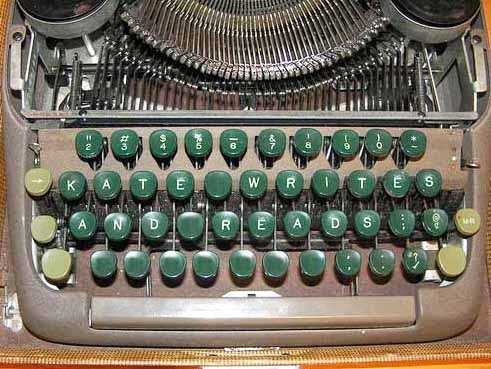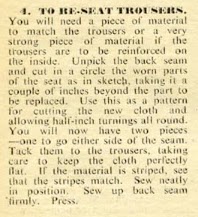I read seven
books in December.
Shall we Dance? by Maggie Alderson
There’s always
something very glam about Maggie Alderson’s novels and this one is no
exception. She is a fashion journalist after all. Here, the main character,
Loulou, has a vintage clothes shop in Primrose Hill and is the sort of person
who wears high-heeled wellingtons to music festivals.
Partners in Crime by Agatha Christie
I read every
Agatha Christie, most more than once, when I was young (those long winter
nights on the farm … ). When our parents downsized, my sister and I divided the collection between us.
I remembered The Secret Adversary as one of my
favourites, very exciting – it’s the first Tommy and Tuppence story. I was
looking forward to seeing the recent TV adaptation but was sorely disappointed.
Why move it to the 1950s? Why rewrite the story to such an extent? Why make
Tommy such a buffoon?
As my husband
had never read any Agatha Christie (I know – weird) I pressed The Secret Adversary and N or M? on him (these had fallen to me
in the share-out) and he liked them so much that he asked for more.
So I bought him two more Tommy and Tuppences, Partners in Crime and By the Pricking of my Thumbs, 1970s
Fontana editions.
He liked those
too and I reread PiC myself when he
finished it. It’s a book of short stories, some very far-fetched but, hey, this
is the queen of crime. She gets away with it as far as I’m concerned. Unlike
the TV producers.
The Road to Little Dribbling More Notes from a Small Island by Bill Bryson
Bill travels
around Britain (well, England mostly, apart from North Berwick, Ullapool and
Cape Wrath), describing his journeys in his witty, informative and often
caustic way.
The Lost Woman by Gilly Stewart
Read on Kindle.
Set in the Scottish Highlands. Catherine McDonald is trying to turn her
family’s home into a hotel but a missing hill-walker brings unwanted attention
to the area and some of her family are less than enthusiastic about her plans. Good
read, with a great sense of place – as usual from this writer.
So Many Books, So Little Time: A Year of
Passionate Reading by
Sara Nelson
Bought in
second-hand bookshop, published in 2003. I could not agree with the title more
and had every hope that this American author and I would be kindred spirits.
Alas no.
A whole chapter
was devoted to a true crime book about murder by baseball bat. After reading it
she apparently got anxious about her young son playing baseball, and about the
possibilities of other sporting paraphernalia being used as weapons. I could
win worrying competitions but I’ll skip that one.
I knew we
weren’t on the same planet reading-wise though when she was indifferent to /dismissive
of two of my very favourite books.
Housekeeping, subsequent Pulitzer prize-winner Marilynne
Robinson’s first novel, was ditched after a few pages as ‘too slow’.
Crow Lake by Mary Lawson was newly published when
Sara Nelson read it. She found it ‘pretty close to cliché’ and suspected it
would be ‘ignored or even trashed’ by other reviewers. Well, perhaps it’s mean
of me to, ahem, crow, but with the benefit of hindsight I know that Crow Lake got brilliant critical reviews,
became a best-seller and a beloved book for many people, and that it won the Books
in Canada First Novel Award and the McKitterick Prize among other accolades.
But
each to their own … in the lists at the back of the book there are a few titles
I hadn’t heard of that I'll look out for. Maybe we might even agree over
some of them.
Plainsong by Kent Haruf
Read on Kindle. I bought this
because I read that it was one of Anne Tyler’s top ten books. It’s contemporary,
set in a small town in Colorado, and follows various characters and how they
are linked to each other.
I appreciated it
more than liked it, I think. The characters stayed in my mind but I found the
almost reportage style of writing distancing.
People We Love by Jenny Harper
This is the
fourth title in Jenny Harper’s very successful Heartland Series of ‘strong
women under pressure’, set in a fictional town in East Lothian, Scotland. Here,
Artist Lexie is back in Hailesbank, living with her parents, as they all try to
come to terms with her brother’s fatal accident. ‘An engaging and delightful
read,’ as Alexander McCall Smith says on the cover.
I’m very pleased
to have been interviewed by Jenny Harper about writing serials, and about The Ferryboat (my People’s Friend serial now available as a large-print library book which I might possibly have mentioned before):
@harper_jenny













